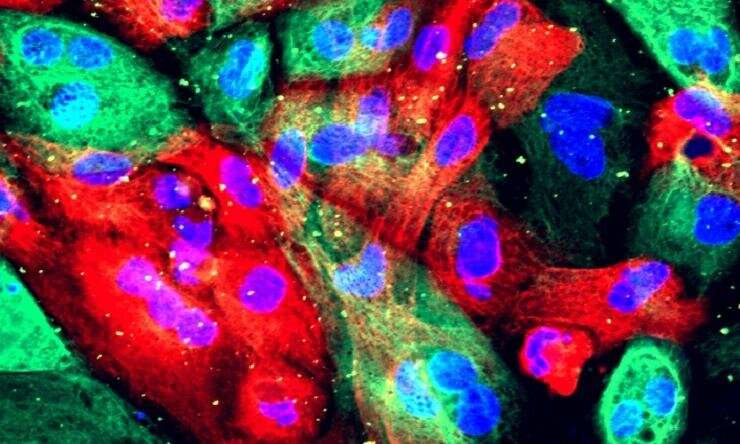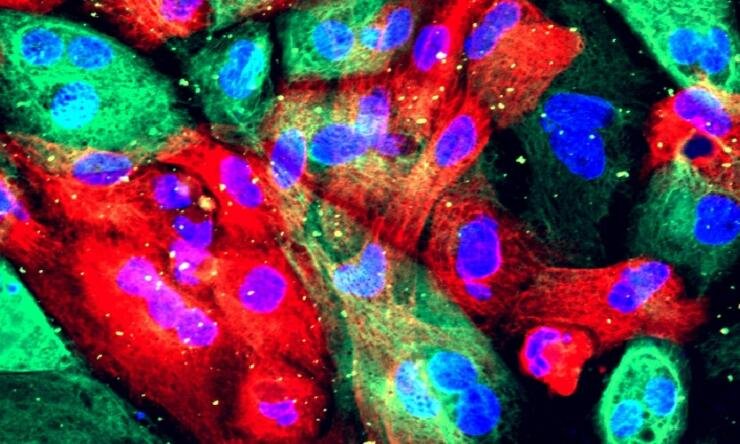New imaging technology less accurate than MRI at detecting prostate cancer, trial shows

A team of researchers in Australia and New Zealand has found that MRI scans can detect prostate cancer more accurately than the newer, prostate-specific -PSMA PET/CT scanning technique.
The findings are being presented today at the European Association of Urology’s annual congress (EAU22), in Amsterdam.
Prostate-specific membrane antigen (PSMA) PET/CT scans, approved by the US FDA in 2020, use a radioactive dye to ‘light up’ areas of PSMA, which is found on the surface of prostate cancer cells. They are presently used to manage prostate cancer, as they can accurately measure the progression or recurrence of the disease. So, in this trial the researchers set out to find if they could be used to diagnose prostate cancer as well.
The PEDAL trial recruited 240 patients across five hospital groups who were at risk of prostate cancer. Every patient was given both an MRI scan and a PSMA PET/CT scan. If imaging suggested the presence of prostate cancer, a biopsy was performed by the patient’s urologist.
The MRI scans picked up abnormalities in 141 patients, while the PSMA PET/CT scans picked up abnormalities in 198 patients. A total of 181 patients (75%) underwent a prostate biopsy, and subsequently 82 of those patients were found to have clinically significant prostate cancer.
Since each patient had both type of scans, the researchers could assess which type had more accurately detected those patients who had prostate cancer. The researchers found that MRI scans were significantly more accurate at detecting any grade of prostate cancer than the PSMA PET scans (0.75% for MRI vs 0.62% for PSMA PET).
Associate Professor Lih-Ming Wong, Consultant Uro-oncologist at St Vincent’s Hospital in Melbourne, Australia, headed the research team. He said: “Our analysis found that MRI scans were better than PSMA-PET for detecting any grade of prostate cancer. When we looked only at clinically significant prostate cancers, there was no difference in accuracy. As this study is one of the first to explore using PSMA-PET to diagnose cancer within the prostate, we are still learning and adjusting how to improve using PSMA-PET in this setting.
Although detection thresholds will be fine-tuned as diagnostic use develops, Professor Wong believes the trial has important lessons for clinicians.
He says: “This study confirms that the existing ‘gold standard’ of pre-biopsy detection—the MRI—is indeed a high benchmark. Even with fine-tuning, we suspect PSMA PET/CT won’t replace the MRI as the main method of prostate cancer detection. But it will likely have application in the future as an adjunct to the MRI, or for people for whom an MRI is unsuitable, or as a single combined “diagnostic and staging” scan for appropriately selected patients.”
He continues: “This is why these types of robust studies are crucial so we can better understand the part these technologies can play at every stage of the cancer journey, and progress the management of prostate cancer.”
Professor Peter Albers, Chair of the European Association of Urology’s Chief Scientific Office, comments: “New diagnostic tools need to be tested as carefully as new drugs, so we welcome the findings of this remarkable Phase III trial, which showed that MRI was superior in the detection of any prostate cancer.
Source: Read Full Article



